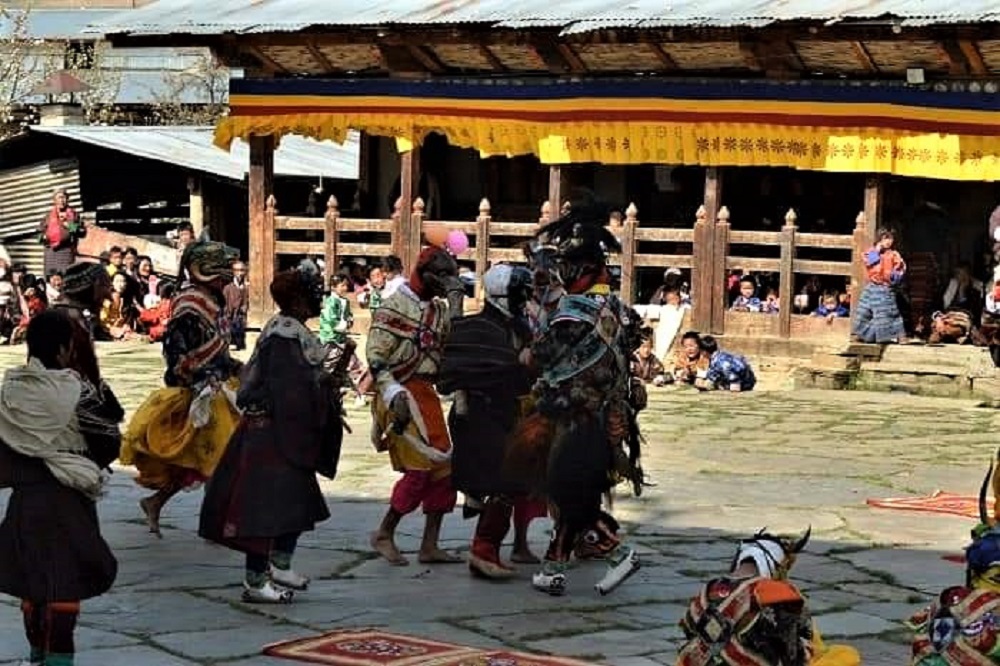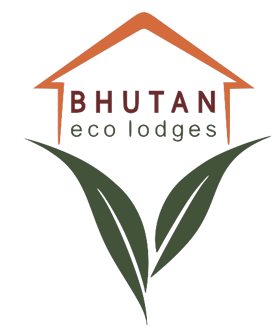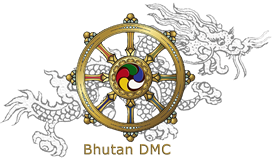Ura Yakchoe – A cultural extravagance at the most picturesque Ura Village in central Bhutan

Located forty-eight kilometres east of Jakar, the administrative centre of Bumthang, the enchanting Ura valley is nestled 3100m above sea level amidst pristine natural environment and thriving traditional way of life. Home to Ura Yakchoe festival, picturesque Ura village is one of the largest clustered villages in Bhutan surrounded by forests of spruce, pine, juniper, larch, bamboo and rhododendrons.
Ura is named after Urgyen Guru Rinpoche, also known as Padmasambhava, the great Indian mystic credited with bringing Buddhism to Bhutan in the 8th century. Older people in the region still call the valley Urbay, the hidden valley of Urgyen Rinpoche.
The Ura Yakchoe is an annual community festival, held at Ura village and consists of sacred mask dances, folk dances, a thongdroel display, religious worship & spiritual practices and social gatherings. The festival is truly a cultural extravagance, employed in the transmission of cultural ideas, values, knowledge, skills and stories from one generation to the other.
There are two etymologies given to explain the name ‘Yakchoe’. As per the original etymology, the festival name seems to stem from a seasonal ritual of appeasing and make offerings to the god of yak. It was a practice emerging from bonism, which was common before the advent of Buddhism in Bhutan, in 7th Century.
A second etymology is based on a Buddhist ritual of thanksgiving involving the lama and the relic. As per this, the festival is celebrated in honour of a statue of Chador, a manifestation of Vajrapani. The statue of Chador is brought from Gaden, Ura to bless the community and those who attend the festival. Legends suggest that the statue is a gift from Guru Rinpoche to the people of Ura. The arrival of the statue is shrouded in mystery but worshipped with great faith and devotion.
Ura Yakchoe is not only a festival of spiritual and social celebration for the people of Ura, but it also gives them a break from their onerous farming work through an event that connects them to their shared past. It forms an important component of their perceived history, aiding in the formation of social wellbeing and cultural identity. It is perhaps the most important avenue in Ura village in building community solidarity and transmission of local values, knowledge, skills and practices.
HOTELS IN THIMPHU
HOTELS IN PUNAKHA & WANGDUE
HOTELS IN GANGTEY
HOTELS IN TRONGSA
HOTELS IN BUMTHANG
HOTELS IN MONGAR
HOTELS IN TRASHIGANG
HOTELS IN SAMDRUP JONGKHAR
HOTELS IN PHUENTSHOLING
HOTELS IN HAA
HOTELS IN GELEPHU
HOTELS IN ZHEMGANG
RESTAURANTS IN PARO
RESTAURANTS IN THIMPHU
RESTAURANTS IN PUNAKHA
TOUR ITINERARIES
TREKKING ITINERARIES
SPECIAL INTERESTS TOURS
UNIQUE FESTIVALS & FAIRS
BLOG


